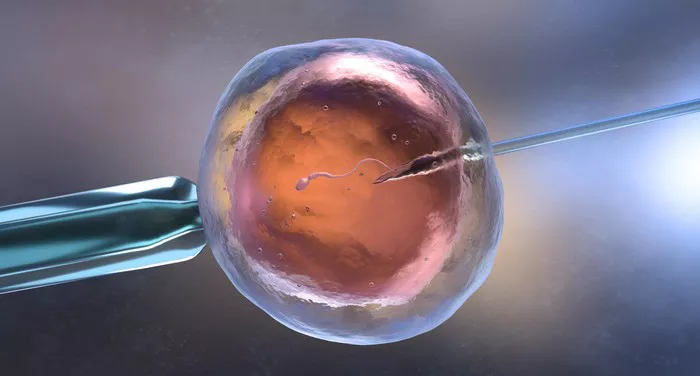According to a recent report from the fertility regulator, one in six fertility treatments, both private and NHS-funded, in the UK is now accessed by single women or female couples. This marks a notable increase in demand, with the number of single women undergoing treatments, including in vitro fertilization (IVF), rising from 1,400 in 2012 to 4,800 in 2022. The number of female couples seeking IVF treatments has also doubled, reaching 3,300 over the same period. However, heterosexual couples still represent the majority, accounting for nearly 90% of all IVF procedures.
Despite the growing diversity of those seeking fertility treatment, significant financial barriers persist, especially for single women and female couples, many of whom must prove their infertility before they can access NHS-funded IVF. According to the Human Fertilisation and Embryology Authority (HFEA), heterosexual couples received 47,000 IVF or donor insemination (DI) treatments in 2022, an increase from 45,300 in 2012.
The cost of IVF remains a major concern, with NHS funding for treatments steadily declining. Just 27% of IVF cycles were funded by the NHS in 2022, down from 40% in 2012. Of those cycles, 86% were given to 18-39-year-olds undergoing their first treatment, with heterosexual couples receiving 52% of NHS-funded cycles, while female couples and single women accounted for 16% and 18%, respectively.
The report highlights that IVF is one of the most expensive and invasive treatments available, yet more single women and female couples are opting for it. Reasons for this trend include higher birth rates per cycle, reduced risk of twin pregnancies, and the ability to store embryos for future use. Reciprocal IVF, where one partner provides eggs and the other carries the baby, is also becoming increasingly popular.
IVF success rates are notably higher for single women and female couples, who are less likely to require treatment due to infertility issues compared to heterosexual couples. In general, one in four IVF treatments results in a birth, with higher success rates for non-heterosexual couples.
However, access to NHS-funded fertility treatment varies greatly across the UK. In England, NHS funding is determined by local integrated-care boards, resulting in wide regional differences. In Scotland, 78% of IVF cycles are funded by the NHS, compared to 53% in Wales and 45% in England. Scotland, however, does not fund fertility treatments for single women.
Despite previous government promises to remove barriers for female couples seeking fertility treatments, this change has yet to be implemented. As a result, many female same-sex couples and single women are still forced to fund their own treatments if they can afford to do so. Advocacy groups like Fertility Network UK and Stonewall are calling for urgent reforms to ensure equal access to fertility services for all individuals, regardless of their relationship status or gender.
The HFEA has urged healthcare providers to ensure that the information they provide reflects the diversity of families and patients seeking fertility treatments. An official from the Department of Health and Social Care in England emphasized that clinical guidelines are in place to guarantee equal access across the country and expects these to be followed.
Related topics:
Congress Declines to Expand IVF Access for Military Families in Defense Bill
Ashwini Kalsekar Opens Up About Infertility Journey Amid Kidney Health Challenges
Candiace Dillard Bassett Reflects on Motherhood, IVF Journey, and Future Projects


























